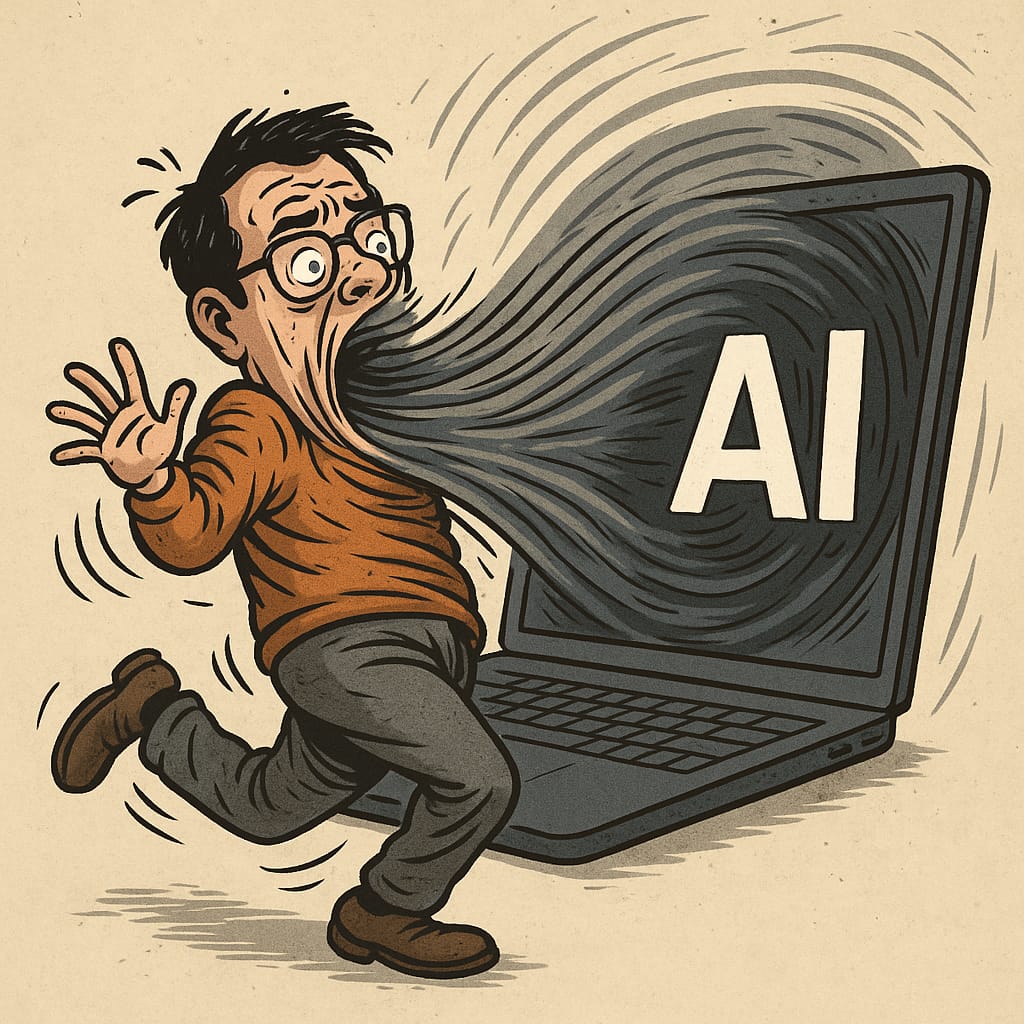What are the key advancements in AI algorithms that have enabled more sophisticated analysis and interpretation of LIDAR data, and how do these advancements contribute to real-world applications?
Unveiling the Hidden Dimensions
In the quest to unravel the intricacies of the world around us, the integration of AI algorithms with LIDAR data has sparked a revolution. Over the years, AI has undergone significant advancements, enabling more sophisticated analysis and interpretation of LIDAR data. This article delves into the key advancements in AI algorithms that have empowered LIDAR data analysis and explores how these breakthroughs contribute to a wide array of real-world applications, from autonomous vehicles to environmental conservation.
I. Understanding the Synergy of AI and LIDAR Technology
AI’s Pattern Recognition Prowess
AI algorithms, particularly those based on deep learning, excel in recognizing complex patterns within vast datasets. This capability complements LIDAR data analysis, as it enables machines to discern objects, structures, and environmental features from the detailed 3D point clouds captured by LIDAR sensors.
LIDAR’s Precise Data Acquisition
LIDAR technology’s ability to capture highly accurate and dense point cloud data provides a rich representation of the environment, allowing AI algorithms to make informed decisions based on detailed information.
II. Key Advancements in AI Algorithms Empowering LIDAR Data Analysis
Deep Learning and Neural Networks
a. Convolutional Neural Networks (CNNs): CNNs have revolutionized object recognition in LIDAR data by automatically learning hierarchical features. These networks can accurately detect and classify objects, such as vehicles, pedestrians, and vegetation, paving the way for safer autonomous vehicles and more efficient environmental monitoring.
b. Recurrent Neural Networks (RNNs): RNNs facilitate sequential data analysis, enabling AI algorithms to process LIDAR data over time. This advancement proves vital in tracking moving objects or understanding dynamic environments, crucial for applications like robotics and surveillance.
Semantic Segmentation and Instance Segmentation
a. Semantic Segmentation: AI algorithms equipped with semantic segmentation can identify and classify objects within LIDAR data point clouds. This allows for more detailed and context-aware analysis, enabling autonomous vehicles to differentiate between different road elements, such as lanes, sidewalks, and obstacles.
b. Instance Segmentation: Instance segmentation goes a step further by distinguishing individual instances of the same object class. This fine-grained analysis facilitates more precise robotic manipulation and facilitates advanced monitoring and counting of specific objects in environmental research.
Generative Adversarial Networks (GANs)
GANs have been applied to LIDAR data synthesis, generating realistic synthetic point clouds. This capability is particularly useful when real-world LIDAR data is limited or expensive to collect, as GANs can produce diverse and representative datasets for training AI algorithms.
III. Contributions to Real-World Applications
Autonomous Vehicles
The advancements in AI algorithms have significantly improved the accuracy and efficiency of object recognition and tracking in LIDAR data. This has been instrumental in making autonomous vehicles safer and more reliable, allowing them to navigate complex environments and respond to dynamic traffic scenarios with unprecedented precision.
Robotics and Industrial Automation
AI-powered LIDAR data analysis has revolutionized robotics and industrial automation. Robots equipped with LIDAR sensors and advanced AI algorithms can perceive their environment with greater depth and precision, facilitating autonomous navigation, object manipulation, and human-robot collaboration.
Environmental Conservation and Surveying
LIDAR and AI integration have transformed environmental research and conservation efforts. AI algorithms can analyze LIDAR data to assess forest health, detect deforestation, and monitor biodiversity. Additionally, LIDAR-equipped drones, guided by AI, facilitate efficient and non-intrusive surveying of delicate ecosystems, aiding in conservation planning and decision-making.
Infrastructure Inspection and Urban Planning
AI-powered LIDAR data analysis contributes to the inspection and assessment of critical infrastructure, such as bridges and buildings. The technology allows for early detection of structural issues and helps urban planners to understand the urban landscape better, supporting informed decisions on infrastructure development and city management.
IV. Challenges and Future Directions
Computational Complexity
As AI algorithms become more sophisticated, the computational resources required for processing LIDAR data also increase. Addressing this challenge will be essential for real-time applications, particularly in autonomous vehicles and robotics.
Data Privacy and Security
With the abundance of data collected by LIDAR sensors, ensuring data privacy and security becomes paramount, particularly in applications where sensitive locations or personal information may be involved.
Generalization to Diverse Environments
AI algorithms trained on specific LIDAR datasets might struggle to generalize to novel and diverse environments. Continual learning and domain adaptation techniques are promising avenues to tackle this challenge effectively.
Conclusion
The advancements in AI algorithms have propelled the analysis and interpretation of LIDAR data to unprecedented heights. From object recognition in autonomous vehicles to environmental conservation and industrial automation, the synergy of AI and LIDAR technology has redefined our ability to perceive and understand the world around us. As technology continues to evolve, these advancements will undoubtedly pave the way for more sophisticated applications, making AI-powered LIDAR a driving force behind the transformation of numerous industries and contributing to a safer, more efficient, and sustainable future.

Shop Corner on Amazon
Thank you for questions, shares and comments!
Share your thoughts or questions in the comments below!
Source OpenAI’s GPT language models, Fleeky, MIB, & Picsart






